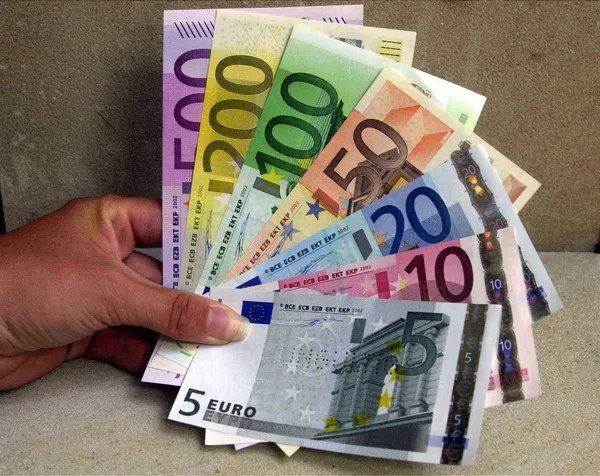Europe stands as a continent of rich diversity, both culturally and demographically. Within its borders lie nations with varying populations, each contributing to the tapestry of European society. Amidst this diversity, one question looms large: Which country of Europe boasts the largest population? Delving into this inquiry reveals insights into the demographic landscape of the continent.
Understanding Europe’s Population Dynamics
Before identifying the European giant in terms of population, it’s crucial to grasp the broader demographic dynamics at play across the continent. Europe, home to approximately 750 million people, showcases a blend of densely populated urban centers and sparsely inhabited rural areas. This distribution is influenced by historical, economic, and social factors, shaping patterns of migration, fertility rates, and mortality rates.
Factors Influencing Population Size
Historical Legacy
Historical events such as wars, colonization, and geopolitical shifts have left enduring imprints on population distribution in Europe. For instance, the aftermath of World War II saw significant population movements, with displaced persons seeking refuge in different parts of the continent.
Economic Opportunities
Economic prosperity and job prospects often attract individuals and families to specific regions within Europe. Countries with robust economies and thriving industries tend to experience higher rates of immigration, contributing to population growth.
Social Policies
Social policies, including healthcare, education, and family support, play a pivotal role in shaping demographic trends. Nations with comprehensive welfare systems may witness higher birth rates and better population health outcomes.
Cultural Norms
Cultural attitudes towards family, gender roles, and marriage influence fertility rates and population growth. Societies that prioritize traditional family structures may have higher birth rates compared to those embracing more liberal social norms.
Methodology of Population Measurement
Accurately assessing the population of European countries requires robust methodologies and data collection techniques. Most nations conduct regular censuses to enumerate their populations, while others rely on administrative records and statistical modeling to estimate demographic trends. Eurostat, the statistical office of the European Union, collates and disseminates population data across member states, ensuring comparability and reliability.
The European Population Leader: A Closer Look
After considering the various factors shaping population dynamics, the spotlight now turns to the European country with the largest populace. Drumroll, please! The title of the most populous European nation goes to… Germany.
Germany: The Demographic Powerhouse
With a population surpassing 83 million inhabitants, Germany reigns supreme as Europe’s most populous country. Situated in the heart of Central Europe, Germany boasts a rich history, vibrant culture, and robust economy. Its population size reflects a combination of factors, including:
Economic Magnetism
Germany’s economic prowess, characterized by a strong industrial base and technological innovation, attracts immigrants and internal migrants in search of employment opportunities and a higher standard of living.
Immigrant Influx
Decades of immigration, particularly from Eastern Europe, Turkey, and other regions, have contributed to Germany’s diverse population. The influx of migrants, both for economic and humanitarian reasons, has bolstered the country’s demographic strength.
Low Fertility, High Longevity
Despite experiencing a decline in fertility rates in recent years, Germany benefits from a high life expectancy, thanks to advanced healthcare infrastructure and social welfare programs. This combination ensures a relatively stable population size over time.
Demographic Trends Across Europe
While Germany leads the pack in terms of population size, other European nations exhibit distinct demographic trends worth exploring.
France: The Fertility Champion
France, renowned for its generous family policies and supportive childcare services, boasts one of the highest fertility rates in Europe. Its population growth is buoyed by a robust birth rate, ensuring demographic vitality in the long run.
United Kingdom: Migration Dynamics
The United Kingdom, despite its departure from the European Union, remains a magnet for migrants from across the globe. London, in particular, serves as a melting pot of cultures, driving population growth through immigration and cultural diversity.
Eastern European Dynamics
Countries in Eastern Europe, grappling with the legacies of communism and post-Soviet transitions, exhibit diverse demographic patterns. While some nations face population decline due to emigration and low birth rates, others experience population growth fueled by economic modernization and integration with the European Union.
Future Projections and Challenges
Looking ahead, Europe faces a myriad of demographic challenges, including an aging population, declining fertility rates, and labor market shortages. Addressing these issues requires concerted efforts in areas such as family policy, immigration reform, and workforce development. By embracing innovation and fostering inclusive societies, European nations can navigate the complexities of demographic change and chart a path towards sustainable growth.
FAQs:
1. Which European country has the highest population density?
Monaco, a tiny city-state nestled on the French Riviera, holds the distinction of being the most densely populated country in Europe. With limited land area and a high concentration of residents, Monaco epitomizes urban crowding on a miniature scale.
2. Are there any European countries experiencing population decline?
Yes, several European countries, particularly in Eastern Europe, are grappling with population decline due to a combination of low birth rates, emigration, and aging populations. Countries such as Bulgaria, Latvia, and Lithuania are among those facing significant demographic challenges.
3. How does immigration impact population dynamics in Europe?
Immigration plays a crucial role in shaping population dynamics across Europe, contributing to population growth, cultural diversity, and labor market vitality. While some countries welcome immigrants to address demographic imbalances and labor shortages, others face challenges related to integration and social cohesion.
See Also Exploring Europe’s Population: Which Country Reigns Supreme?
Conclusion
In the tapestry of European demographics, each country adds its unique hue, blending history, culture, and socio-economic factors. While Germany reigns as the population powerhouse of Europe, other nations play pivotal roles in shaping the continent’s demographic landscape. By understanding the underlying dynamics and embracing inclusive policies, European countries can navigate the complexities of population change and build resilient societies for the future.


